How to properly water succulents?
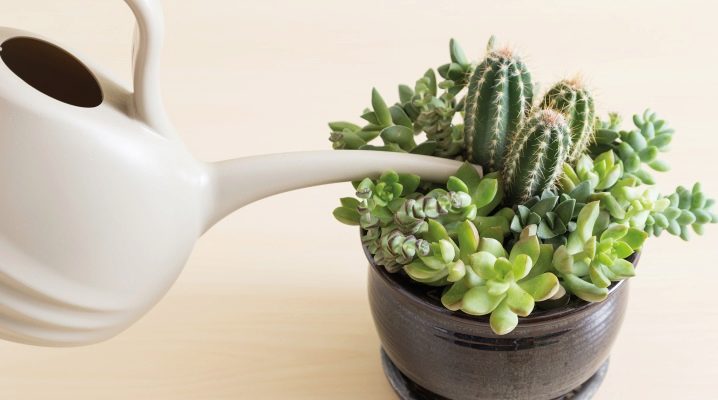
According to many, succulents are the most unpretentious plants to care for. And it is true. Exotic representatives of the flora, who came to us from arid regions, do not need excessive care. However, it is still necessary to have minimal knowledge about their needs, in particular, how to properly water succulents so that their delicate roots can fully develop.
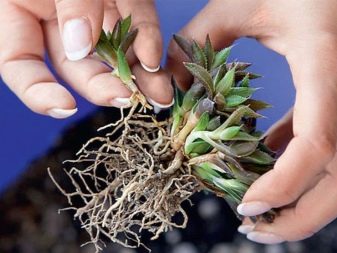
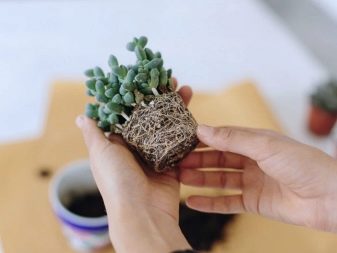
Water needs
Unlike other indoor plants, succulents do not need to be watered too often, even if the earthy clod in which they grow is well dried. Drought-resistant plants tend to accumulate the resulting water in a specialized tissue - water-storing parenchyma, and in this state they can exist for a considerable amount of time.
Succulent plants, in the course of their evolution, acquired the skills of survival in their native arid climate, so in other latitudes they can live without water for several weeks, or even months.
The moisture reserve of succulents occurs in:
- thick stems (most cacti and milkweed);
- dense leaves (lithops, aloe).
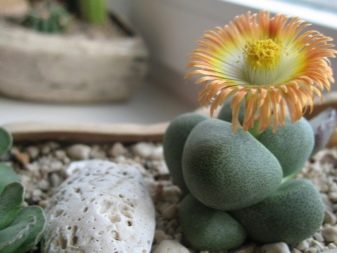

The reduction in the amount of evaporation of water occurs due to several points.
- Some species have a waxy film (cuticle).
- Leaves and stems are rounded.
- Endowed with a small number of respiratory pores (a large amount of moisture evaporates through them). They are closed during the day.
- With a prolonged dry period, the aerial part of the body gradually dries up in many succulents, but the plant itself does not die. In certain specimens, this part dies off (completely or in places), but over time it will grow back if the plant is watered in time.
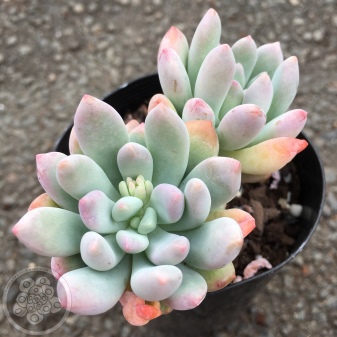

Taking home a succulent, you need to remember the main rule: it is better not to overflow this type of plant.
Before you start watering, you need to make sure that the succulent really needs water. It is worth touching the earthen lump, if it has dried out to the degree of a solid crust, the plant needs to be watered. The interval between watering succulents depends on their age and size. So, miniature and young specimens need to be watered more often, but in small portions, trying not to get on the aboveground part, unlike adult representatives.
Adult succulents are watered in large doses, especially in summer. Large plants are not afraid of water getting on the tissues of the leaves and trunk.
One condition remains unchanged during watering - the soil mixture must dry well before the next water procedure.
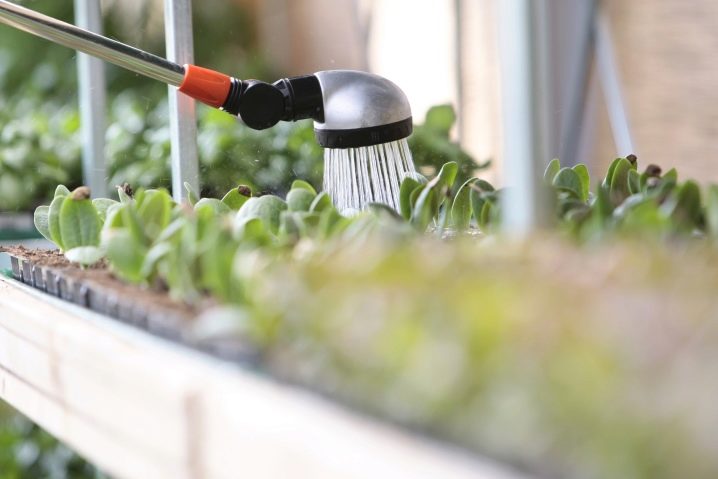
Watering by seasons
Despite the fact that watering is not the easiest part of caring for any plant, this process must be properly organized. The nuances depend on the season, temperature and humidity in the room.
At different times of the year, watering succulents differs in frequency and intensity.
Spring and summer
The hardest part about watering succulents is the period of spring. During this period of time, the plants wake up, they require more moisture and nutrients.
The first watering after hibernation should be done carefully. First you need to slightly moisten the earth along the diameter of the pot in which the culture grows. The depth of moistening should be approximately 1.5-2.5 cm (depending on the size of the plant and the pot).
If a transplant is not provided at the end of the cold weather, then the interval between watering should be gradually reduced, every month for several days. In this way, decay of the root mass of the plant can be avoided.
In summer, watering should be the most intense. On average, at least once every 4-5 days.
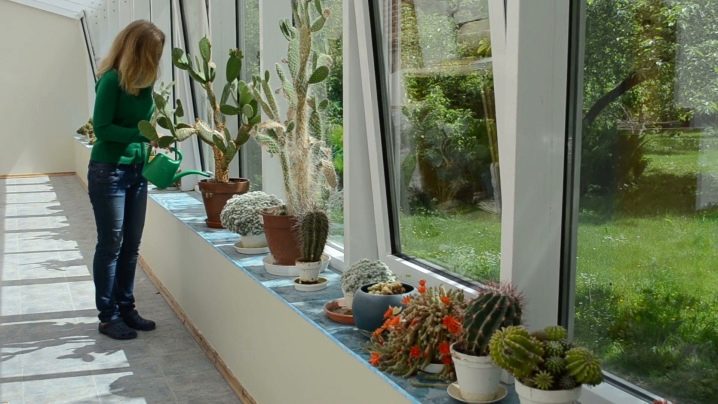
Autumn and winter
With the arrival of autumn, succulents need to be gradually weaned from the abundant irrigation they enjoyed in the summer. Watering is necessary no more than once a week and a half (in temperate climates) and once every 5-7 days - in hotter regions.
Winter watering of succulents is the easiest. The main thing is to observe a clear regime. The optimal break between watering is considered to be a period of 2-3 weeks. Only in hot regions, where the temperature does not drop below 0, the soil of plants that stand outside all the time is irrigated a little more often. In room conditions, everything depends on the internal microclimate of the room.
For example, if succulents have a cold wintering (on the balcony, veranda) with an air temperature of 5 to 12 degrees, then they can live without water all winter. In such conditions, even a few extra drops can cause rotting of the rhizome.
In autumn and winter, you cannot feed the plant, with the exception of those cases when the plant has been ill and needs energy to restore lost strength.
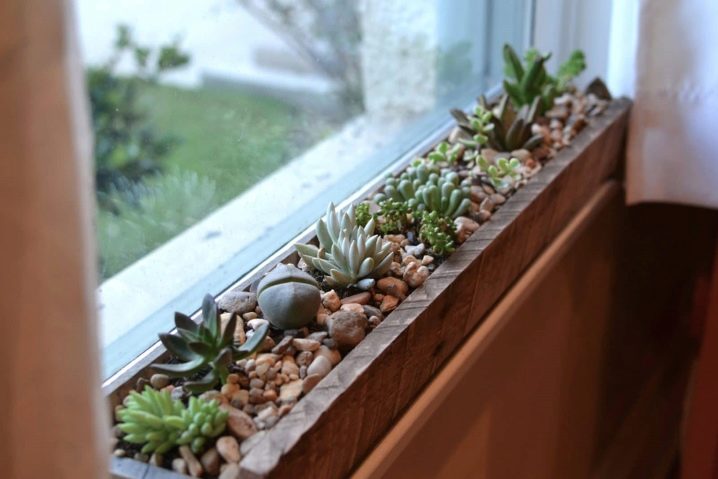
How to water?
Watering, first of all, is the process of observing a plant: if it begins to wrinkle, deflate, loses its color brightness, then it needs to drink. If, on the contrary, the succulent becomes soft or its stem darkens, then it was too abundantly watered. In this case, it will be very difficult to stop the decay and, most likely, the overflow victim will die. Therefore, regarding succulents, there is an important rule: you need to water in moderation.
Watering errors that should not be made:
- water every day;
- pouring water onto the aboveground part of the plant;
- irrigate the succulent with cold water.
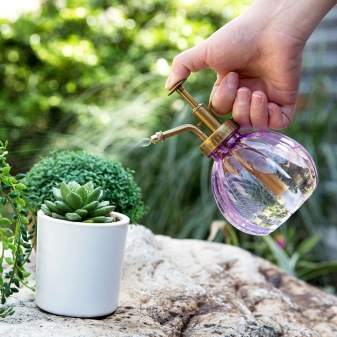

To water a succulent at home, no special tools are needed, you do not need to fill your head with information about drip or fetil watering, any other difficulties must also be omitted. To water the succulent, it is enough to use a regular watering can.
It is necessary to irrigate the plant with water at room temperature, it must be poured directly under the root, trying not to get on the leaves. After watering, if the process takes place in the cold season, you must not open the windows. The moist soil should not freeze over, otherwise the roots will rot. You also need to make sure that the water is completely absorbed into the ground and there are no puddles on the surface of the soil, which can also lead to rotting of the root system.
If you can't water the succulent at the root, it can be done in the usual way - irrigate from above, but then the excess water that has got on the leaves must be removed mechanically, that is, soak it with a napkin, toilet paper, or put the plant literally in the sun for a few minutes , but sheltered from direct rays, a place.
Do not water succulents on the day of transplant. That is why it is advised to transplant the plant only after it comes out of hibernation (early-mid-spring) and gets stronger again.
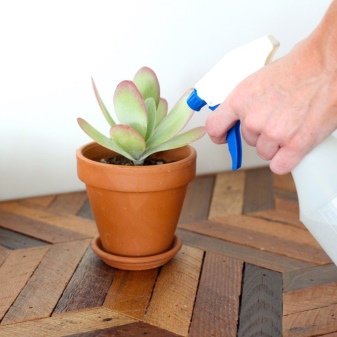
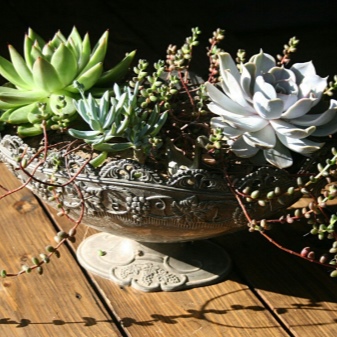
When watering, the following nuances are taken into account.
- Indoor air humidity. The higher this indicator, the less often watering should occur.
- Drafts. Do not irrigate plants in direct streams of cold air.
- Flower size. A small succulent plant needs small doses of water and vice versa.
- Pot material. Water evaporates much faster from clay pots than from plastic ones.
- pH of water. Homemade succulents need to be watered with soft water.
For information on how to water and care for succulents, see the next video.























































The comment was sent successfully.